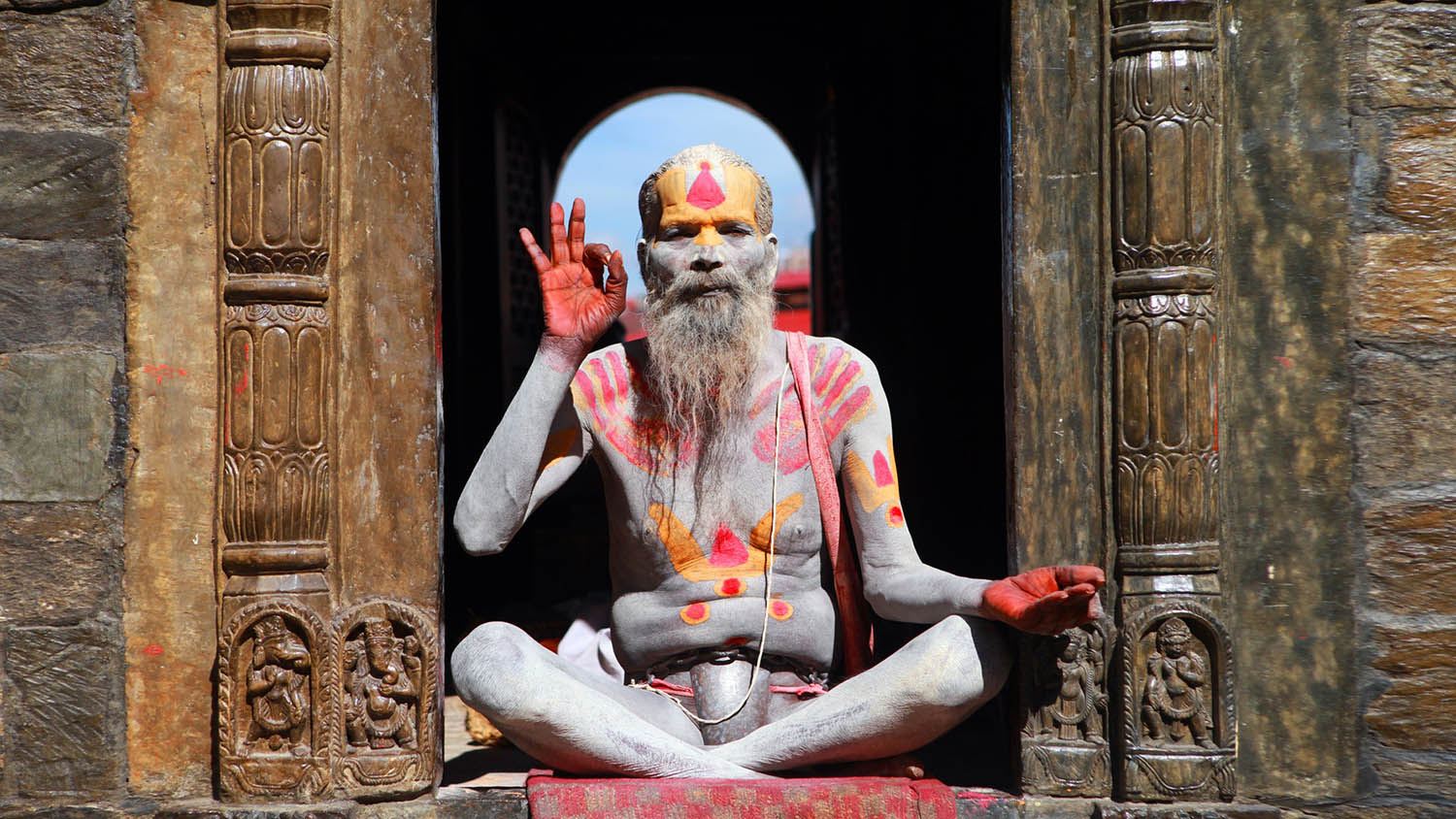Tips to survive the 10 day silent Vipassana retreat.
So, that’s it. You’ve decided to go for it. This will be an unforgettable experience and in order to make it easier for you, we’ve decided to share some tips based on our experience.
1. Be kind to yourself: You will not hear this in the 10 days but this is really the key not to lose your marbles. Being totally disconnected and not allowed to communicate in any way is certainly an alien situation in our world, so don’t be surprised if you feel overtaken by boredom, anger or frustration. At some point it happens to everyone and it might happen several times. Those emotions are normal and it can be useful to remember that even the perfect lotus seaters and yoga posers are also struggling. We all do.
Since there’s no rule that says that you can’t talk to yourself, do so. Kindly. Imagine what you’d say to someone you love very much who’s in struggling in the same situation. Be your best friend. You can repeat to yourself kind phrases like It’s ok, this is hard and I’m doing my best or It’s normal to feel this way, there’s nothing wrong with me and this challenges are part of the experience.
2. Surrender: You have chosen to go through this, nobody is forcing you. It’s important to remember this and, since you and only you have decided to do it, give it a good go. You’ll certainly learn a lot from the course, yourself and how the mind works. If you resist it, you’ll suffer more. So just for those 10 days, surrender, let go and don’t fight it. After all you have nothing else to do.
3. Acceptance: In moments of difficulty, when you feel restless, annoyed, bored, ready to pack and run, stop for a moment and give yourself some space to accept those feelings, allow them to be there, they belong to your experience. Maybe try practising what Mr. Goenka talks about: try to localise where those emotions live in your body and how they feel. This is certainly a good opportunity for personal growth and to put into action the meditation practice in real life. Once you allow and accept those emotions, they will slowly lose their strength.
4. The actual meditation time:
Finding the right sitting posture: As a general rule, when you sit to meditate it really helps your spine when your knees are below or at waist level. But do experiment with the cushions, meditation stools, back rests, etc. until you find the right combination for you. Don’t be shy. Remember this is a silent retreat so nobody will say anything about it! Once you find your least painful position, if at some point you feel a lot of pain or you stop feeling your foot because you’re not getting enough blood, please change your posture or even go for a walk. We’re pretty sure it wasn’t Siddharta Gautama’s intention to torture you.
Drowsiness: This is usually a big one and very common to all. At some point you might feel you can’t keep your head straight. When this happens, you can take a few deep breaths to try to wake yourself up but if that still doesn’t work, get up, go for a walk and when you feel more awake, go back to meditating.
5. Keep active during free time: You will be sitting motionless in an uncomfortable position for very long periods of time, this is certainly not the healthiest thing to do so make sure to move whenever you can. Get the blood going. Go for a power walk, stretch, warm up before a long meditation (especially before the strong determination meditations.)
6. Remember impermanence: Yes, you’ll hear this word very often. Useful to remember that this is a 10 day retreat and it will also pass, there is an end to it.
7. The setup: Bear in mind there is gender segregation intentionally done to keep people from getting horny when they should be focusing on their spiritual awakening. They have neither considered homosexuality nor anyone falling outside of gender binary.
8. The teachings: Don’t expect any direct teaching from real human beings. The teachings are done through audio and videos recorded in 1991 of the late S. N. Goenka. Two assistant teachers will sit beautifully in front of everyone looking like two holograms and press play and pause in the audio. You can book 5 minute interviews to discuss any issues related to your personal practice. Even if you don’t have any big issues about your practice, it’s a good chance to use your voice if needed.
Although some of the teachings are obsolete and can sound contradictory, try to get gist of the theme, for which trying not to be too judgemental can be helpful, otherwise you might become infuriated, losing all the equanimity you’re trying so hard to develop. This doesn’t mean you stop thinking and questioning, you can just keep the stuff you find useful and disregard the rest. Also, for anyone sensitive to music, the chants by S. N. Goenka are horrible to Western standards, although we are pretty sure for Indian standards too. Judge for yourself: https://www.youtube.com/watch?v=GqEWTlaweaM
Finally, if you really, really struggle and you get the feeling that you’ll get traumatised by this experience, you can always leave. It’s not a prison and it’s not compulsory to go through this to have a happy life.
Good luck!
JOIN THE KENSHO LIFE
Sign up to our newsletter to receive our latest guided meditations, news and articles.

